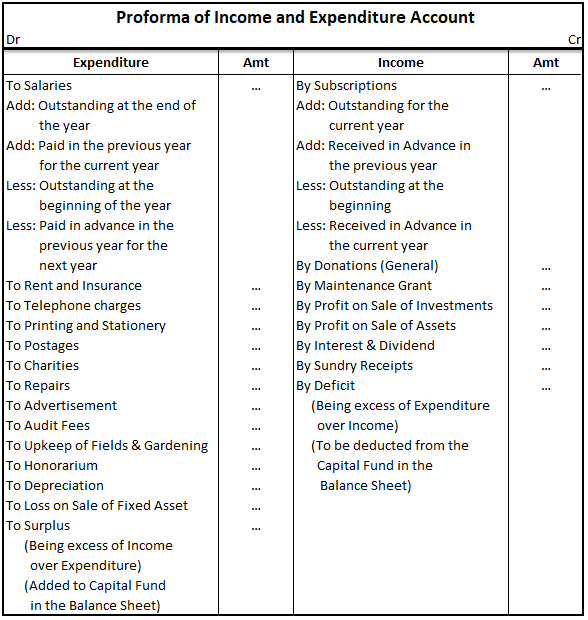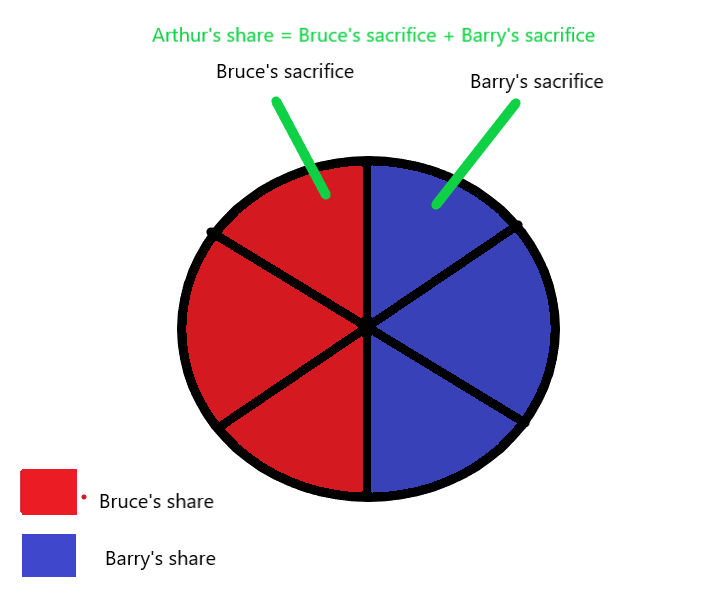Bills Payable Book Bills payable book, also known as a B/P book is a subsidiary or secondary book of account in which transactions relating to bills of exchange are recorded. It includes the recording of bills that are payable by a business. In a business where the number of bills exchanging hands iRead more
Bills Payable Book
Bills payable book, also known as a B/P book is a subsidiary or secondary book of account in which transactions relating to bills of exchange are recorded. It includes the recording of bills that are payable by a business.
In a business where the number of bills exchanging hands is large in number, it is very useful, as it is tough to journalize all the bills drawn. A bills payable account generally has a credit balance as it is supposed to be paid at maturity and be a liability.
Format for B/P book
- The person, who draws the bill of exchange, is called a “drawer”.
- The customer, on whom it is drawn, is called a “drawee” or an “acceptor”.
Bills Payable A/c















Realization is an important principle in accounting. It is the basis of revenue recognition and it gives to accrual accounting. When we used the word realization, it is usually regarding revenue recognition. Realization of revenue means when revenue to be earned from the sale of goods or rendering oRead more
Realization is an important principle in accounting. It is the basis of revenue recognition and it gives to accrual accounting. When we used the word realization, it is usually regarding revenue recognition.
Realization of revenue means when revenue to be earned from the sale of goods or rendering of services or any other activity or source becomes absolute and certain. An item is to be shown as revenue in the books of accounts only after it is realized.
Realization in case of sale of goods
Realization occurs in the following situations:
i) When the goods are delivered to the customer for a certain price
ii) All significant risks and rewards of ownership have been transferred to the customer and the seller retains no effective control over the goods.
Let’s take an example. Mr Peter received an order of 500 units of goods from Mr Parker on 1st April. The goods were delivered to Mr Parker on 15Th April and payment for goods was received on 30Th April.
The realization of revenue from the sale of goods will be considered to have occurred on 15th April because the goods were delivered to the customer on that date. The entry of sale of goods will be entered on this day.
Realization is not considered to have occurred on 1st April i.e the date of order because the seller had effective control on goods on that date.
Realization in case of rendering of services
The realization of revenue from the rendering of services occurs as per the performance of service.
Now there arise two situations:
Realization of income from other sources:
Realization with regards to other sources of income is considered to have occurred only when there exist no significant uncertainty as to measurability or collectability.
See less